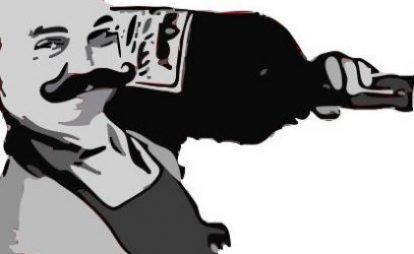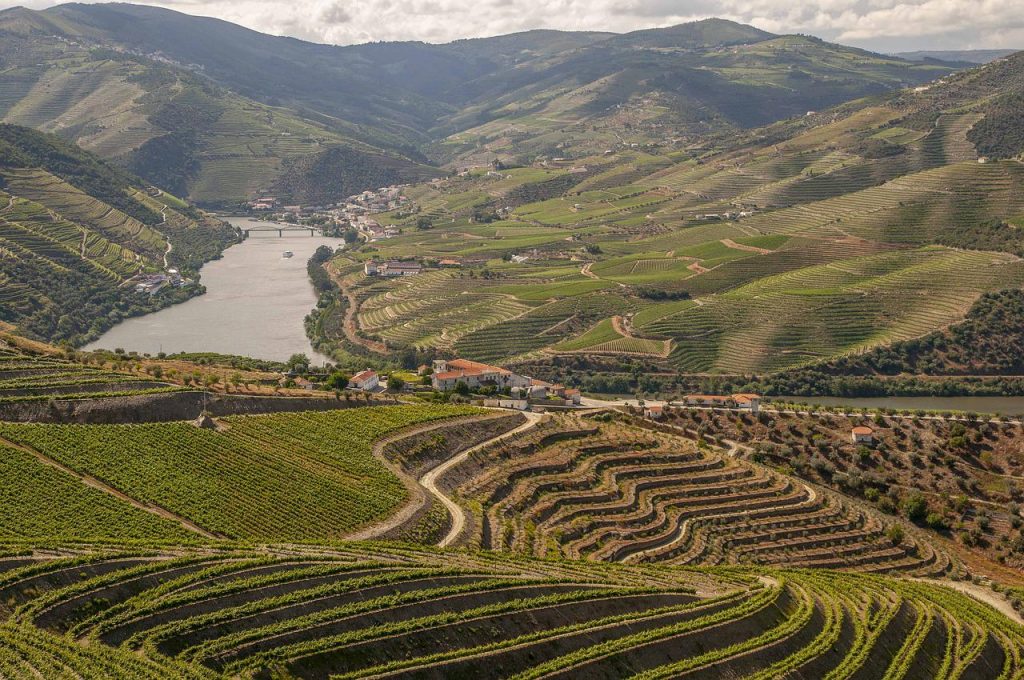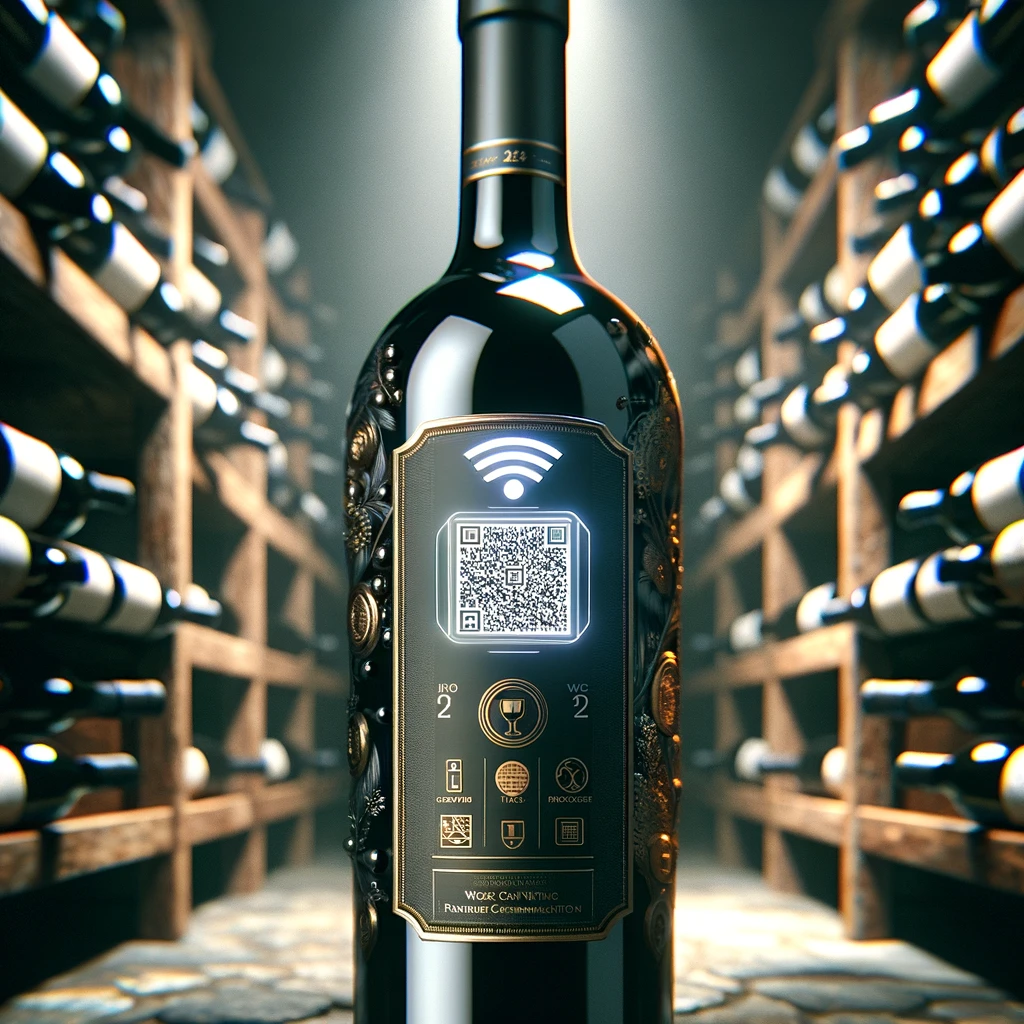Just back from a visit to the wonderful Douro Valley, we will, of course, talk about some of the things I’ve learned during my stay. But naturally that is not all that has happened in the past week in the world of wine. If you just keep on reading you will find out in the latest edition of the JollyCellarMaster Weekly:
Fine Wine Trading And Beautiful Landscapes
The True Challenge for the Douro Valley
I just got back from the beautiful Douro Valley and was truly impressed by the splendour of this marvellous wine region – no wonder it is a World Heritage Site. I participated at the first EuAWE conference, which took place at UTAD in Vila Real on one of the Douro tributaries, the Corgo river. UNESCO writes that “the cultural landscape of the Alto Douro Wine Region is an outstanding example of humankind’s unique relationship with the natural environment “. Already left speechless at times, I can only imagine how beautiful it gets when the vineyards are in full bloom or when autumn gives the leaves its wonderful colours.
Here, just as almost anywhere else around the globe, climate change has left its mark and poses a serious threat to the future of the vineyards built on steep slopes and terraces. One of the many things I’ve learned during my visit there is that local projections estimate that the producer in the Douro region will have need to irrigate 20,000 ha to just keep the vines alive. That is more than 4/5 of the total area under vine and it will require an awful lot of water – water the Douro does not have, so alternatives need to be found to counter the effects of global warming.
Interestingly, a recent interview in the Drinks Business with Quinta da Pedra Alta winemaker Matt Gant highlights another obstacle even more pressing the region has to overcome. While temperatures rise, yields decrease, but it’s the socio-economic impact of increasing price pressure which Gant argues will threaten one of Portugal’s oldest wine regions, not climate change.
To understand his message and why he doesn’t see climate change as the biggest danger, it is necessary to explain it a little further. The Douro region is an example of the diversity of Portugal’s wine sector with hundreds of indigenous varieties, geological puzzle and ever-changing elevation and aspects. Hence, Gant says that “if you can align your vineyards accordingly, Douro is positioned to be able to cope with warming temperatures”.
Instead, he stresses that rising costs are a much bigger concern. The cost of a kilogram of grapes has risen by almost 70% over the last ten years. In a presentation by the Douro Valley wine region, the cost was set at about 0.80€/kg at an average yield of somewhere around five tons/ha. The result of steep hills and lots of manual labour. By comparison, other regions like Spain, Chile, Australia or South Africa were somewhere around 10 to 20 cents per kg at a yield somewhere between 11 and 15 tons/ha.
This highlights the immense cost pressure the region is under and limits the options it has in positioning its wines. What the article does not mention though and what I’ve learned as well is that this labour intense environment will have to find solutions to make sure that the works gets done at all: with a decrease of 50% from 30,000 farmers twenty years ago to less than 20,000 now and half of this workforce older than 65 years old, the region also faces another serious puzzle to crack. But that’s for another story…
Blockchain for a new marketplace
If you are a regular reader, you will know about my strong interest in the fine wine market and the different forms of how ownership of its bottles changes hands. Just the other day, the Wine Searcher published an article on a new marketplace that has just launched its services: CultX is „a next-generation trading platform for fine wine, verified by advanced blockchain technology, with extensive data, analytics, and more than $250m of the world’s most prestigious investment-grade wines to bid on. Users can build, track and manage a fine wine portfolio with real-time data and live markets at their fingertips, instantly and easily“.
It is another combination of one of my interests with another – that of the application of Blockchain technology which we covered in this space on several occasions but which I recently also wrote about elsewhere.
The announcement makes reference to a number of advantages the technology could bring to the wine sector. In particular, it says that with the app been built on the Algorand blockchain, it would assure the provenance of every bottle of wine traded. Another benefit was instant settlement, allowing for immediate transfer of ownership once a trade is made, which in traditional models can take anywhere between several days to sometimes before transfer of ownership is complete. The article also emphasises the value of data that is taken to another level thanks to the use of blockchain technology. Yet, while the technology shows great potential it also faces several challenges, at least in my humble opinion, but that, too, is to be discussed on another occasion.
Organic Wine in Chile
And lastly, there is news about a new bio certification in Chile. A group of organic wine producers from Chile have joined forces and launched the Chilean Organic Winegrowers, short C.O.W. association. Great acronym, I have to say, and the wineries involved include big names such as Miguel Torres and Emiliana.
The companies noticed a significant increase in organic wine sales. That in turn drove the decision to found the association. It is intended to promote both the consumption and the production of Chilean organic wines, for example by supporting producers, legislation and various marketing activities in order to increase awareness of Chilean Organic Wines around the world.
COW is already supported by the umbrella organization Vinos de Chile with staff, research work, legal aid and communication. Chile has somewhere around 200,000 ha under vine for an average of about 12 mio hl. Despite my reasonable efforts I couldn’t find any reliable numbers though how much of that is already organic, so I would be curious to find out. In the meantime, we will have to wait and see, but my guess is that whatever the total is now, the certified organic vineyards is going to go up in the future. Wanna bet me?
—
Yes, that’s all for the week in general terms. However, if you have an interesting story to tell or simply want to chat about wine as a guest on the Podcast, connect on Twitter or drop me a line. And if you want to stay in the loop about things happening at the JollyCellarMaster and the world of wine, make sure you sign up to our newsletter.
—
Disclaimer: As always, I’d like to be completely transparent about affiliations, conflicts of interest, my expressed views and liability: Like anywhere else on this website, the views and opinions expressed are solely those of the original authors and other contributors. The material information contained on this website is for general information purposes only. I endeavour to keep this information correct and up-to-date, I do not accept any liability for any falls in accurate or incomplete information or damages arising from technical issues as well as damages arising from clicking on or relying on third-party links. I am not responsible for outside links and information is contained in this article nor does it contain any referrals or affiliations with any of the producers or companies mentioned. As I said, the opinions my own, no liability, just thought it would be important to make this clear. Thanks!




